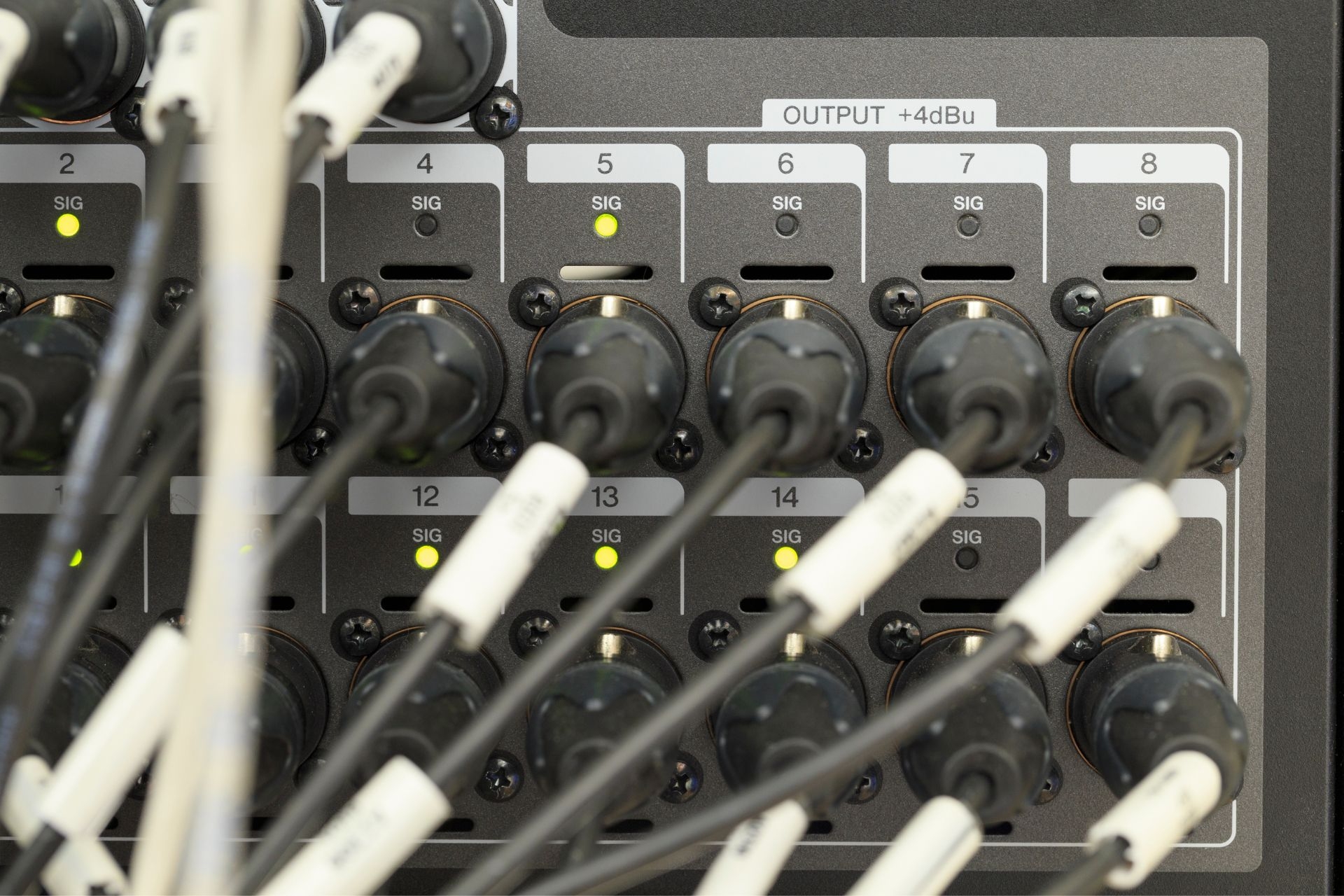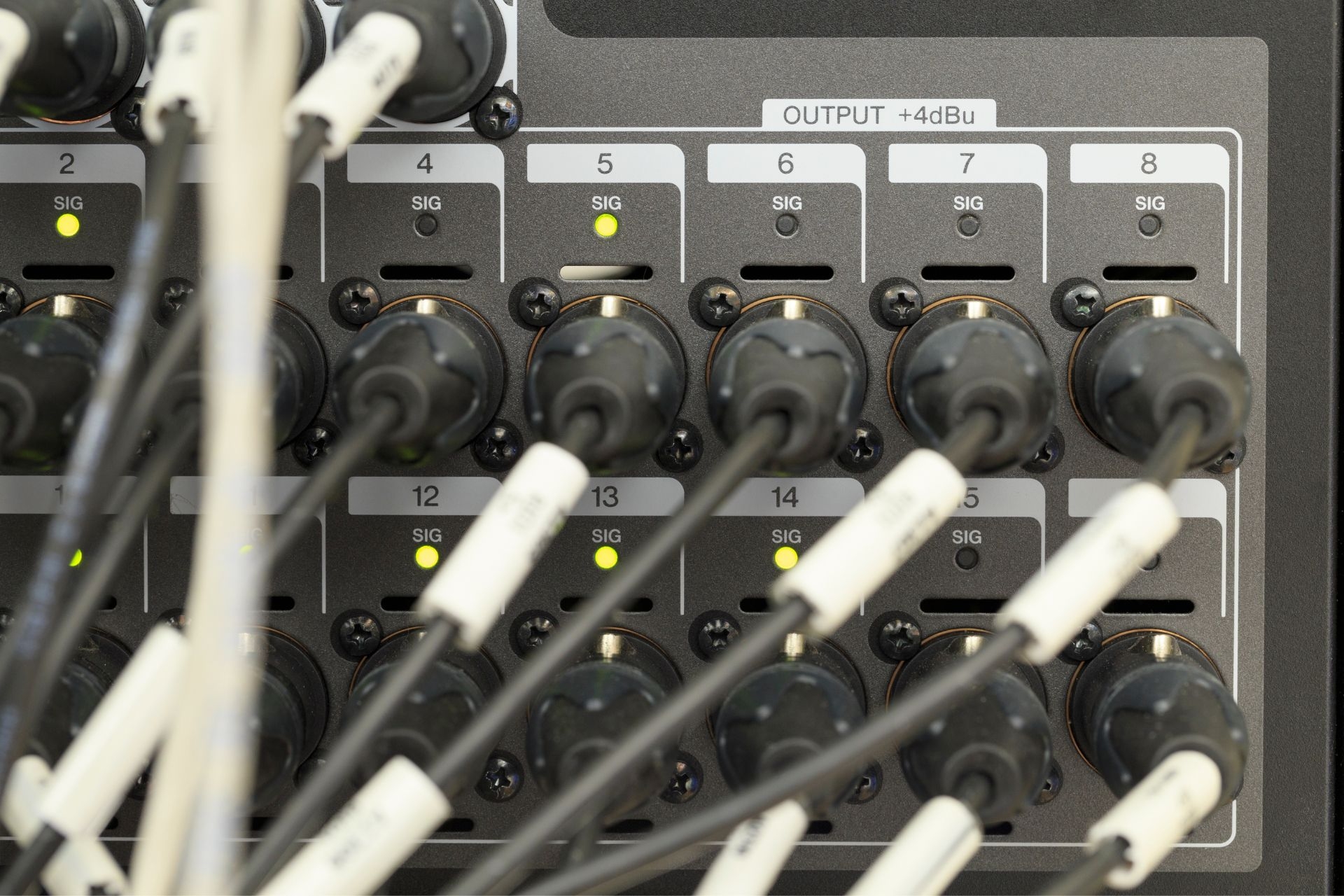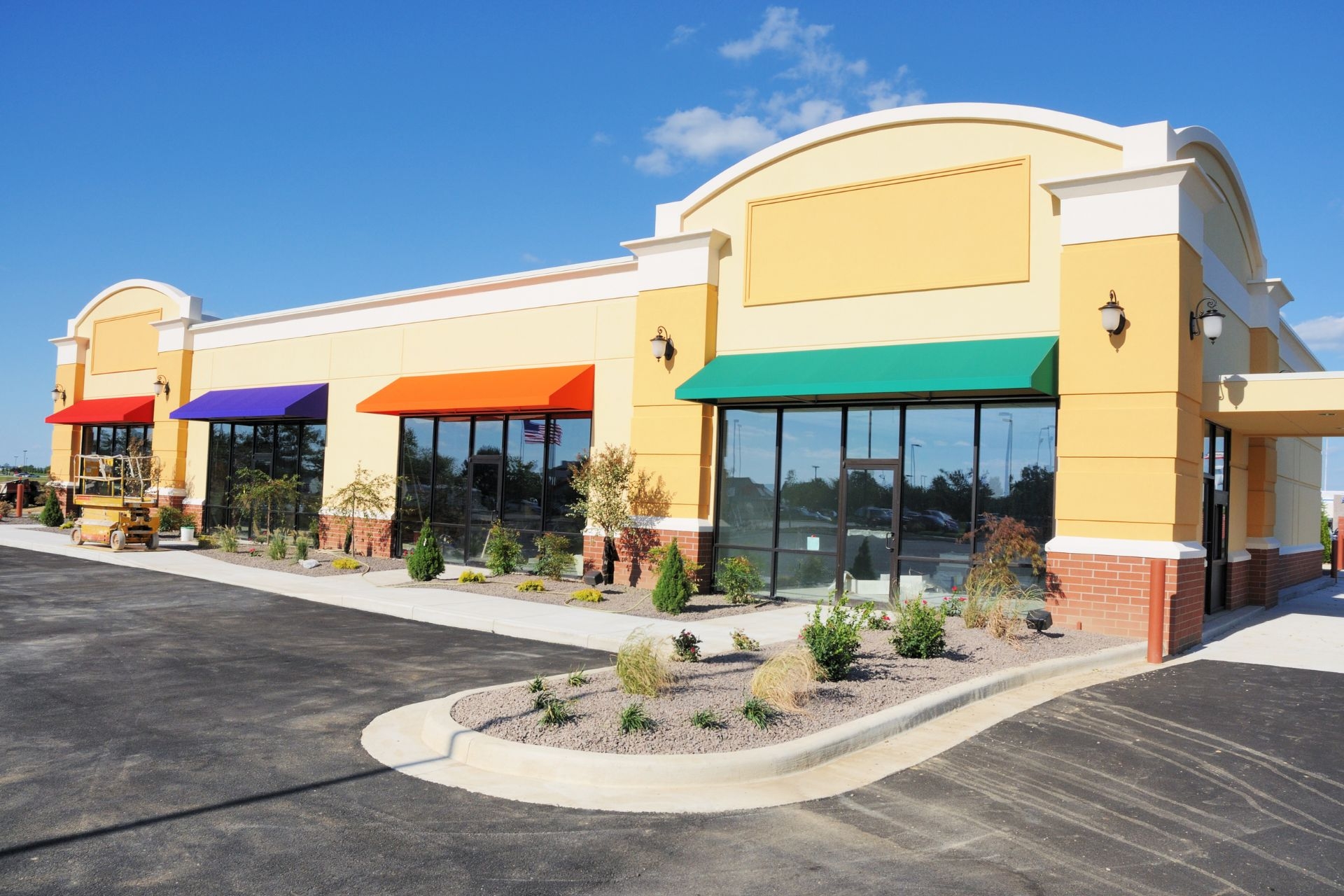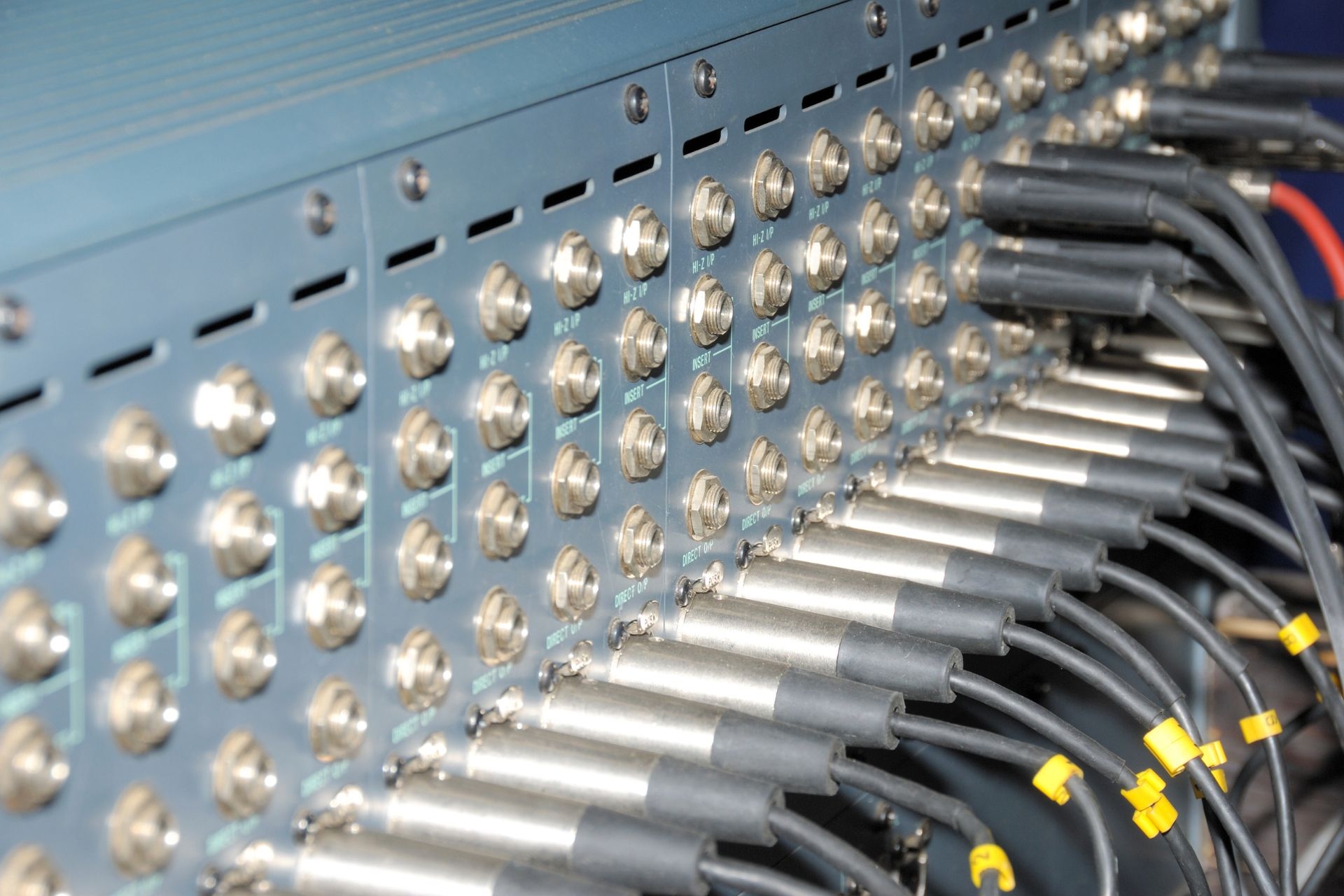Customer Behavior Analysis Cameras
How do customer behavior analysis cameras track and monitor customer movements in a retail store?
Customer behavior analysis cameras in a retail store track and monitor customer movements by utilizing advanced video analytics technology. These cameras can detect and analyze various aspects of customer behavior, such as dwell time, foot traffic patterns, and even emotional responses. By tracking these metrics, retailers can gain valuable insights into customer preferences, behaviors, and shopping habits, allowing them to make data-driven decisions to enhance the overall shopping experience.



